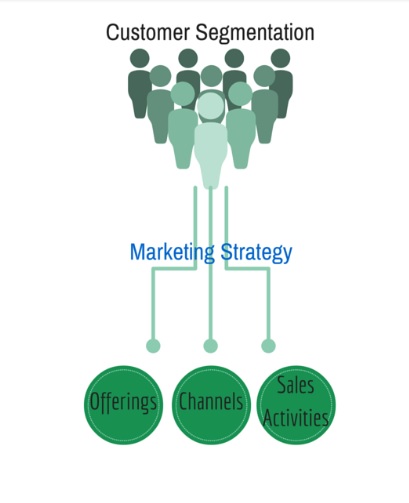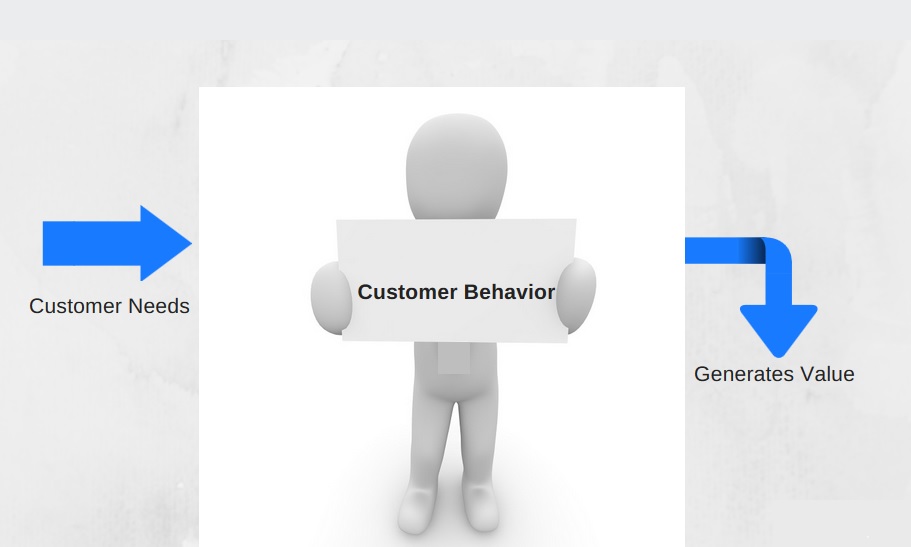The many benefits of customer segmentation
This is the last in the series of the ‘Operationalizing Data Analytics’ blog posts but certainly not the least important. Readers may recall an earlier post in this series called, ‘How To Build A Customer Profile Base’. Today’s post is the next logical step ahead – segment your customers.
So getting straight to the point – what does segmenting mean and why and how should businesses do it? In any business, only a fraction of the overall audience buys the products or services being offered. It goes without saying that your customers are individuals or enterprises with different needs; they tend to be as different as apples and oranges, or chalk and cheese, and the only commonality is that they are buying your products.
Table of Contents
- Benefits of Customer Segmentation
- Types of Customer Groups
- How to Segment Customers
- Some of the Segmentation Tactics
Since it is not easy for a business in today’s era of information explosion and connectivity to cater to the demands of every single customer, you need to club your individual customers into groups.
Interested in knowing how Customer Segmentation benefits your business? Speak to Our Experts, they will help you.

So how do you do it? As a starting point, put those with some common interests or similarities of some sort into groups in your database. But you do need to treat each of these groups differently. The ultimate goal of such segmenting is to understand just how to relate to customers in each group to extract the maximum value from each customer.
Thus, exploiting the value of each client is the ultimate goal of a marketer, which means, how much revenue or even profit is a customer capable of giving the business.
While marketing activities can be categorized into short and long-term, the activity undertaken to target your customers must concentrate on leveraging their long-term value. Hence, all marketing action geared to influence your customer in the long term requires their segmenting, first and foremost, as it is important to understand beforehand how any particular marketing action is likely to influence the customer.
In fact, a predictive analytics model can be used to predict the value segment of each customer segment. The average lifetime value of customers for each segment is calculated by using the data from current customers in each group. Each segment is then evaluated for its profitability per customer and by the size of the segment.
Benefits of Customer Segmentation
What are the Several Benefits of Customer Segmentation:
- Help identify the least and most profitable customers, thus helping the business to concentrate marketing activities on those most likely to buy your products or services
- Helps build loyal relationships with customers by developing and offering them the products and services they want
- Helps improve customer service
- Helps maximize the use of your resources
- Helps improve or tweak products to meet customer requirements
- Helps increase profit by keeping costs down
Types of Customer Groups
To begin with, you need to understand whether your business is B2B or B2C. For the latter, the easiest way is to segment your customers by location, the lifestyle of consumers, attitudes, and behavior.
For B2B, you may segment customers according to the industry sector, public or private, size and location, how they operate, their buying patterns, and so on.
Apply Customer Segmentation to Acquire Profitable Customers
How To Segment Customers
For that, you will need variables like the individual’s geographical location, age, gender, or if it is an organization, its sector, size, and buying patterns.
You can use vertical as well as horizontal segmentation. In the former, you may select particular industries or professions to whom your product or service is most likely to appeal. Under horizontal segmentation, you may select variables such as job title across a range of organizations. Many outfits, to find out about their customers, also carry out market research. Another more sophisticated way to do the job is to use mathematical models to analyze large amounts of data to group customers with similar data sets into particular segments.
Ultimately, the idea behind the exercise is to segment customers into groups based on how much total future value they are predicted to bring to your company, to direct each group in a way most likely to maximize that lifetime value.
Some of the segmentation tactics that many firms adopt include:
- Customer Interests
At the time of registration or purchase of a product, ask the customer about their interests and preferences. This is one way of clubbing same-interest customers into one group.
If Group A is price-sensitive, send promotions-related material their way.
- Loyalty Dividends
No doubt, repeat customers should be rewarded, but the first step is to identify them and club them together.
A starting point could be your business’s website which may have recorded a customer’s order history.

You then have two segments of repeat customers. Those that buy from your site without a promotion, and those that buy with one. To target even more specific segments, identify repeat customers who buy from your site because they like the products and the customer service.
- Devices Used
Identify how your customers are logging into your site. Are they using mobiles or desktops? If mobiles, then whether Android or iPhone or some other? Put out offers accordingly to each of the groups. Eg: Those using iOS devices can be classified as high-end customers, while those using Blackberry can be segmented as “ high value” clients.


No comments yet.